Woodland plant ID
maackia
7 years ago
Featured Answer
Sort by:Oldest
Comments (18)
bengz6westmd
7 years agoSmivies (Ontario - 5b)
7 years agoRelated Discussions
Woodland plant I.D. please
Comments (7)Which plant are you using the name Sweet Cicely for, lycopus? It doesn't look at all like Myrrhis odorata which is what I know as S.C. That has extremely ferny foliage. Can you give the botanical name for this plant?...See Morewoodland plant ID
Comments (2)Can't ID, but just joined a Facebook group called Plant Idents. https://www.facebook.com/groups/141908172522539/ Saw it mentioned on Garden Professors Facebook page. It's an open group, so no prob getting in. HTH, Rosie...See MoreWoodland plant ID....natives or weeds?
Comments (7)wow! thanks everyone! #2 is definitely not hosta, because my "darling" deer would be all over them! ;-). I will watch to see of they flower, hadn't ever heard of Canadian Lilly of the Valley... Will also watch the other leaves for flowers.....Asters are native to the area. Gardenweb to the rescue, again! ;-). Thank you!...See Moretall woodland plant id
Comments (7)It is NOT a native and is considered a noxious weed. You need to report this to the proper invasive plant authorities in your area and they will remove it. It is a very serious pest....See Morekentrees12
7 years agolast modified: 7 years agowisconsitom
7 years agomaackia
7 years agowisconsitom
7 years agoHuggorm
7 years agolast modified: 7 years agowisconsitom
7 years agoLogan L Johnson
7 years agoHuggorm
7 years agowisconsitom
7 years agokentrees12
7 years agoken_adrian Adrian MI cold Z5
7 years agowisconsitom
7 years agokentrees12
7 years agowisconsitom
7 years agoLogan L Johnson
7 years ago
Related Stories
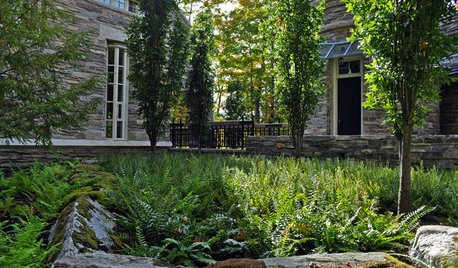
GARDENING GUIDESGreat Design Plant: Woodland Garden Beauty Polystichum Acrostichoides
Eastern U.S. native Christmas fern is a living decoration in the winter woodland garden
Full Story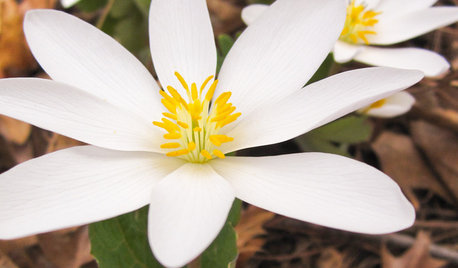
Great Design Plant: Sanguinaria Canadensis Lights the Spring Woodland
Bloodroot’s large, showy white flowers and attractive foliage brighten eastern woodland gardens in early spring
Full Story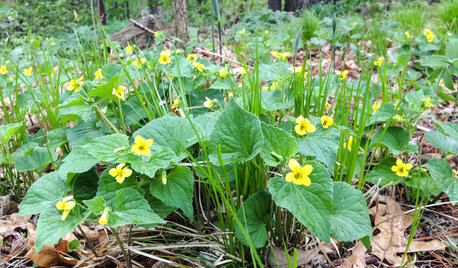
GARDENING GUIDESGreat Design Plant: Viola Pubescens Dots Woodlands With Yellow
Plant downy yellow violet in eastern U.S. woodland gardens for its heart-shaped leaves and bright yellow flowers
Full Story
GARDENING GUIDESInvite Mining Bees to Your Garden by Planting Their Favorite Plants
Look for mining bees (Andrena) pollinating woodland wildflowers in U.S. gardens this spring
Full Story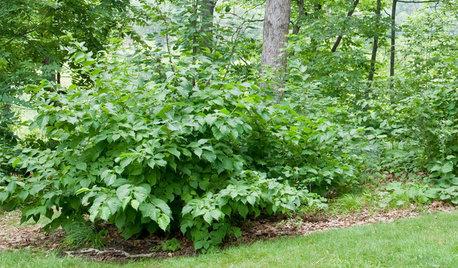
GARDENING GUIDESGreat Design Plant: Corylus Americana Awakens the Woodland Garden
Plant American hazelnut for three seasons of interest and to feed our furry and feathered friends
Full Story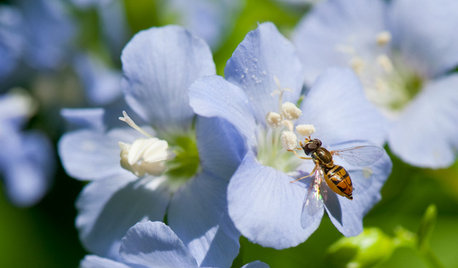
GARDENING GUIDESGreat Design Plant: Polemonium Reptans Paints Woodlands Blue in Spring
Plant Jacob’s ladder in eastern U.S. woodland gardens for its bright blue flowers and delicate foliage
Full Story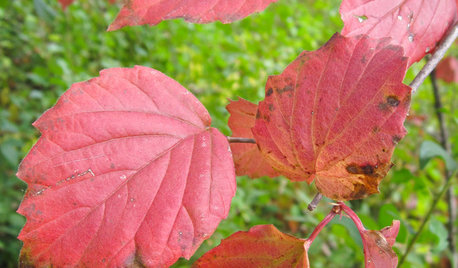
GARDENING GUIDESGreat Design Plant: Viburnum Rafinesquianum Colors the Fall Woodland
Plant downy arrowwood in eastern and midwestern U.S. gardens for spring color in the shade and bright red fall foliage
Full Story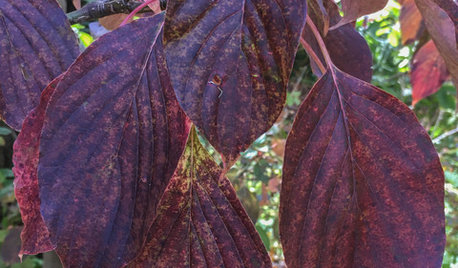
SHRUBSTry This Plant for Autumn Color in the Woodland Garden
Alternateleaf dogwood, or Cornus alternifolia, offers a colorful show of creamy spring flowers, blue fruit in summer and maroon fall foliage
Full Story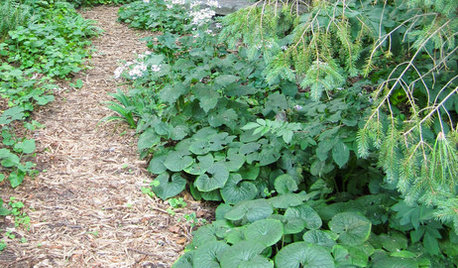
GROUND COVERSAsarum Canadense Adds Masses of Green to Woodland Gardens
Plant Canadian wild ginger in the eastern U.S. for a shade-loving native ground cover with spring flowers
Full Story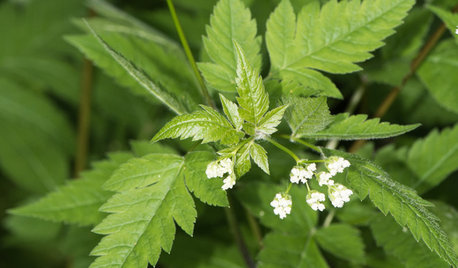
GARDENING GUIDESGreat Design Plant: Osmorhiza Longistylis Provides Texture and Form
Plant longstyle sweetroot in midwestern and eastern U.S. woodland gardens for its fern-like foliage and crisp white flowers
Full Story


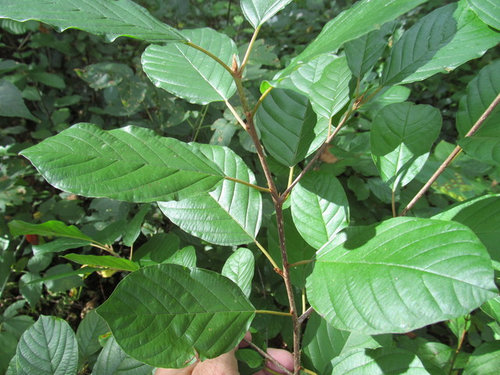
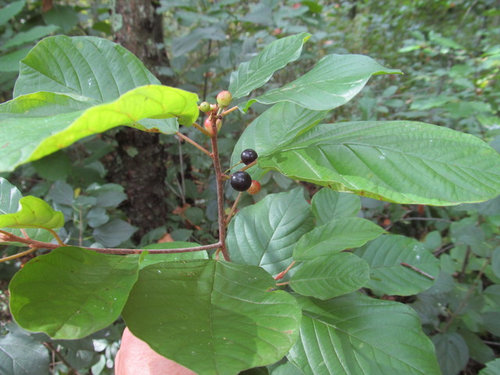
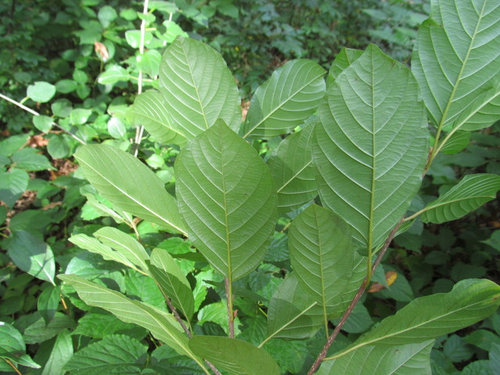




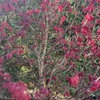
maackiaOriginal Author